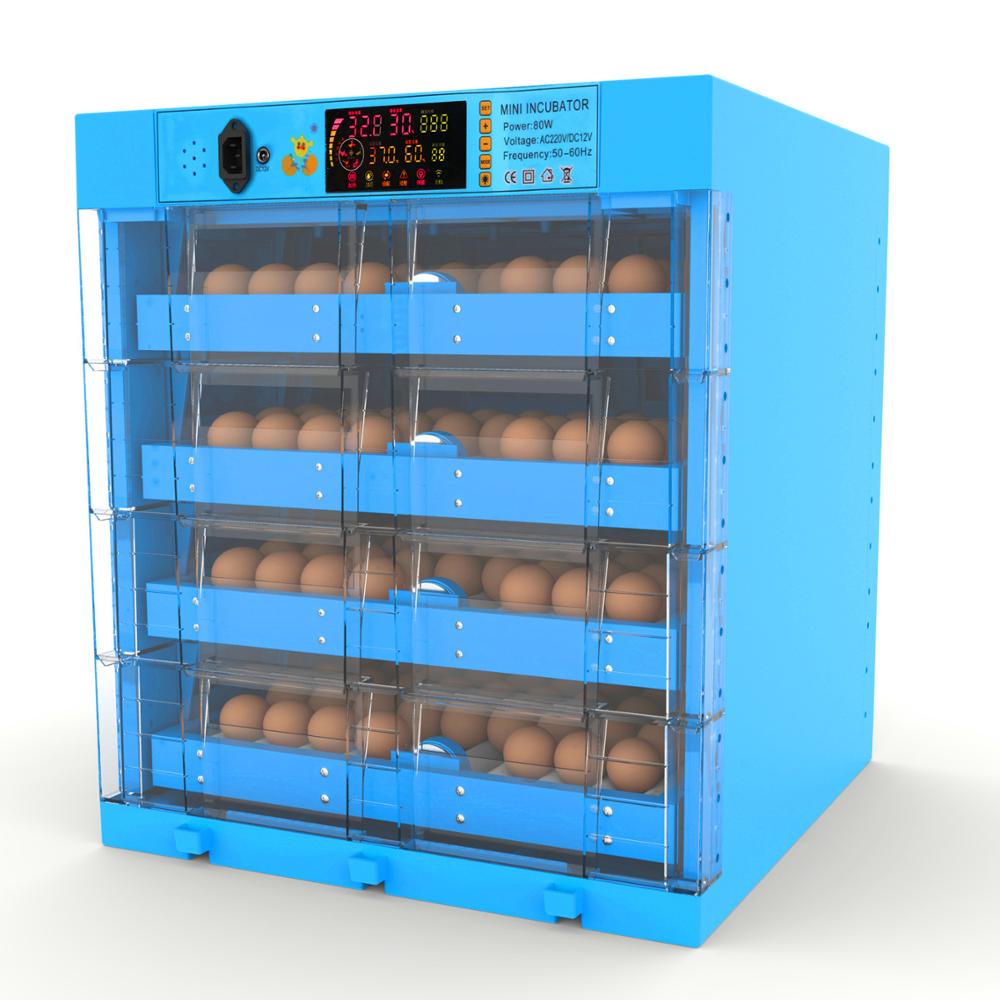Bearded Dragon Egg: Everything You Need to Know for Successful Incubation
Introduction
Bearded dragons are fascinating creatures that make great pets. If you own a bearded dragon, chances are you’re interested in learning about their breeding and egg-laying process. In this article, we’ll be discussing everything you need to know about bearded dragon eggs, from incubation to hatching.
Bearded Dragon Egg Laying
When a female bearded dragon is ready to lay her eggs, she will start to become restless and may start to dig in her enclosure. This is a sign that she’s looking for a spot to lay her eggs. You should provide a place in her enclosure for her to lay her eggs, such as a nesting box filled with moist soil.
Bearded dragon eggs are laid in clutches of up to 25 at a time. Once laid, you should remove the eggs from the enclosure and start the incubation process as soon as possible. It’s important to handle the eggs gently and to make sure they are not turned or rotated during transport, as this can affect the embryo’s development.
Choosing an Incubator
Choosing the right incubator is crucial to the success of your bearded dragon egg incubation. There are a few different types of incubators to choose from, including tabletop incubators and cabinet incubators. Look for an incubator that maintains a consistent temperature and humidity level throughout the incubation period.

Preparing the Incubator
Once you’ve chosen an incubator, you’ll need to prepare it for the eggs. Start by filling the incubator with a suitable substrate, such as vermiculite or perlite. The substrate should be moistened to the appropriate level, which is usually around 2:1 substrate to water ratio.
Next, you’ll need to add a hygrometer and thermometer to the incubator to monitor the temperature and humidity levels. The ideal temperature for bearded dragon eggs is between 82-86°F, with a humidity level of around 80%.
Incubating the Eggs
Once the incubator is prepared, you can place the eggs inside. It’s important to make sure the eggs are not touching each other, as this can lead to deformities. You can use an egg crate or similar item to keep the eggs separated.
During the incubation process, it’s important to monitor the temperature and humidity levels closely. You should also check the eggs regularly to make sure they are not developing any mold or fungus. If you notice any mold or fungus, remove the affected egg immediately.
Hatching
Bearded dragon eggs typically take around 60-75 days to hatch. As the eggs approach the end of the incubation period, you may notice movement or hear chirping coming from inside the eggs. This is a sign that the bearded dragons are getting ready to hatch.
When the bearded dragons hatch, they will need a few days to absorb the remaining yolk sac before they are ready to eat. You should provide a small enclosure with a heat lamp and a shallow dish of water for the newly hatched bearded dragons.
Conclusion
Incubating bearded dragon eggs can be a rewarding experience, but it does require careful attention and preparation. By following the steps outlined in this article, you can increase your chances of a successful hatch and help your bearded dragons start their lives off on the right foot.
